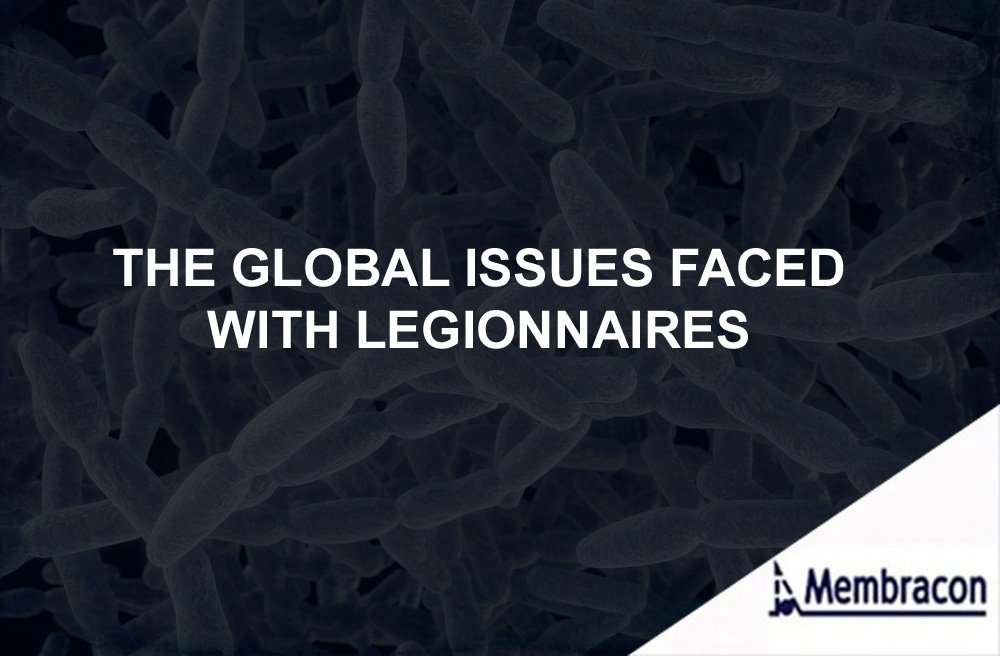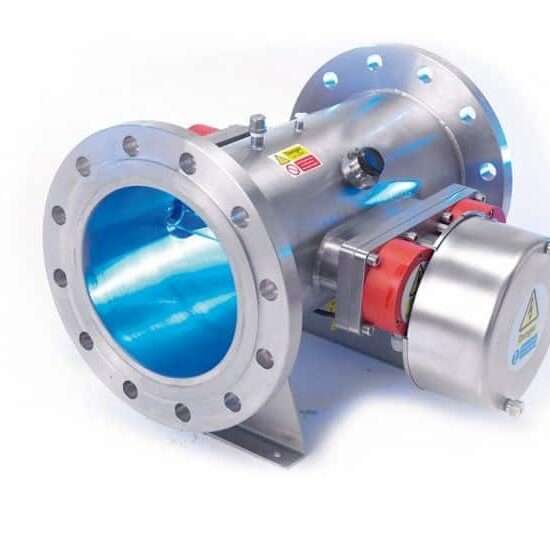
The Global Issues Faced With Legionnaires
Legionnaires’ disease is a lung infection caused by Legionella bacteria, most often caused by breathing in tiny droplets of water and less commonly by accidental aspiration of infected water from drinking and swimming.
Because Legionella thrives in water, people living in countries with inadequate water treatment are at the highest risk of infection, which means the poorest countries typically have the highest cases of Legionnaires.
Legionella is found in hot and cold water systems, and it is widespread in nature, found in most natural water sources like rivers, lakes and lochs.
Water is the natural reservoir for legionellae, and without sufficient treatment, the bacteria multiply exponentially in a short space of time.
Here’s a rundown of the global issues faced with legionnaires:
Designing sufficient treatment systems
Control measures must manipulate the environment to prevent legionella colonisation, reduce growth, and be scalable to deal with outbreaks.
Dealing with Legionella requires a deep understanding of how the bacteria survive to determine the optimal design of the water chemistry, temperature, and use of the water system to control bacteria while meeting treatment requirements
Controlling bacteria
The major global issue faced with legionnaires’ disease is preventing infection by controlling bacteria growth in the water humans consume.
Water cooling towers, air conditioning units, hot and cold water systems, swimming pools, hot tubs and spas are all major sources of Legionella.
The two traditional ways to deal with Legionella are heat (boiling the water or keeping it above 60°C ) and hyper chlorination with Chlorine dioxide (ClO2). These treatments kill Legionella and prevent future growth.
Another method is UV disinfection; UVC exposure kills Legionella almost instantly, and it can treat high flows of hot and cold water at pressure. However, it does not affect the biofilm, which requires ultrafiltration at the point of entry.
It is also crucial for water systems to avoid low flow rates, stagnation of water and water temperatures between 25-45 °C because Legionella thrives in these. Water treatment must be designed appropriately to control the bacteria.
Surveillance
In industries and systems prone to legionella outbreaks, surveillance is crucial to ensure the treatment system remains suitable. Surveillance will help you verify you are meeting health-based targets and adjust control measures.
Here are a few examples of surveillance:
- Monthly heterotrophic colony counts in the water source
- Periodic samples of water to test for legionella frequency and intensity
In some industries, surveillance can be lesser.
Water inequality
Legionella inevitably enters all water systems; the risk comes from high colony counts and how the water is consumed.
Unfortunately, the poorest countries and communities tend to have the most inefficient water treatment systems, so they are at a higher risk of legionnaires’ disease on top of many other diseases like giardia and norovirus.
Even some developed countries have inadequate water treatment, which is why some European countries don’t have drinking water at the tap. This means people have to buy bottled water, which is more expensive.
Everyone has the right to water and sanitation, but controlling Legionella and preventing legionnaires’ disease requires investment in water treatment approaches that have a barrier to entry for poor and undeveloped countries.
Companies like Membracon are helping the poorest countries deliver clean and sanitised water across all processes, from industrial to potable water. Please reach out to us to find out more about how we can help.


